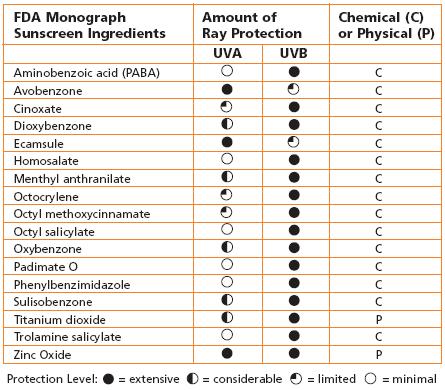*this post has been updated in red below
Sunscreens confuse me. They’re full of toxins…should I bother with it at all? Zinc? (oooh, but the nano-particles?!)…You too? Good. I did some scouting, asked experts and here’s what I found…just in time for Australia Day!!

A lot of the sunscreens out there do NOT protect us against harmful UV rays, plus they can contain chemicals that affect our hormones, damage our skin, and sometimes increase the risks of skin cancer. Oh, the tedious, messy, modern-life irony of it all! Today’s post is going to try to get to the bottom of the sunscreens that are purposeful AND harmless.
However, my advice, first and foremost, is:
don’t use sunscreen
Covering up with a hat and clothing, and not staying out in the sun too long, is the best tact. No chemicals, no “stuff” and far more economical. But also (and, yes, I know it goes against how we were raised)…
Getting sun, without sunscreen, is actually good. Better than good actually. Recent studies reveal that people who spend more time outdoors without getting sunburnt, actually decrease their risk of developing melanoma. The benefits of Vitamin D exposure (which can only be reaped without sunscreen) actually protect against many types of cancer; including breast, colon, endometrial, esophageal, ovarian, bladder, gallbladder, gastric, pancreatic, prostate, rectal, and renal cancers, as well as non-Hodgkin’s lymphoma. Indeed, more people die of Vitamin D deficiency-based cancers than from melanoma. I’ve written about it previously here.
Get sun every day, but only for 20-40 minutes at a time and, if you’re in Australia, before 10am and after 5pm.
Just don’t get burnt. (In countries with less harsh sunlight, any time of day is fine for sun…and in fact advisable by many doctors these days.)
I get sun every day. BUT I never stay out sunbaking. AND I stay out of the sun in the middle of the day. I personally wear sunscreen ONLY if I’m outside longer than 20 minutes in the middle of the day…the sun here is just too strong. Plus, I generally find that by eating coconut oil – which has an SPF of four – this protects me. You can read more here. So. If you use sunscreen…
non-nano zinc oxide is best
Sunscreens come in two forms:
- physical sunscreens, containing either zinc oxide or titanium dioxide, which form a film on top of the skin that reflects or scatters UV light.
These are your best option.
- chemical sunscreens, which absorb UV rays before they can do damage.
The Environmental Protection Agency‘s graph below features chemical and physical sunscreen ingredients, as well as the type and amount of ray protection that they provide and their class. Note how zinc oxide fares.
don’t want zinc? what next?
If you’re going for a chemical sunscreen, you need to know this:
